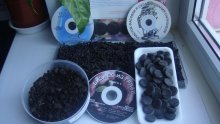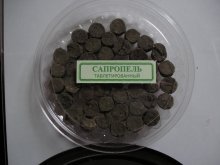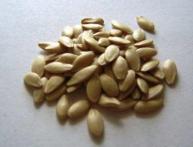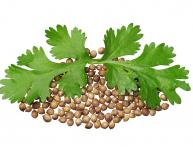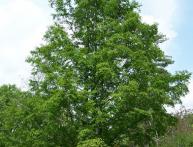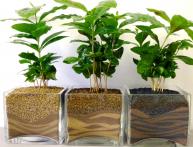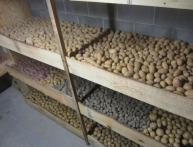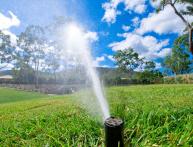Sapropel as a fertilizer: how to use it correctly

There are a large number of fertilizers available for feeding vegetable and fruit crops. However, the most popular are organic natural fertilizers. One of them is sapropel.
Content:
Sapropel: what is it?
Sapropel is a natural fertilizer that contains a large amount of useful substances. It is formed at the bottom of stagnant waters and is mined in finished form. This valuable resource is not formed in rivers and ponds. The composition of sapropel includes residues of plant and animal origin, which decompose at great depths. This natural product is used to fertilize the soil due to its large amount of minerals.
Sapropel contains ash, sodium, potassium, phosphorus, copper, zinc, organic matter, etc. It is also rich in vitamins, enzymes, and carotenoids. The soil of a reservoir can be different, so the composition of the fertilizer is selected taking this into account. The following varieties are distinguished: carbonate, organic, ferruginous, siliceous. In plant growing, depending on the type, the method of application is chosen.
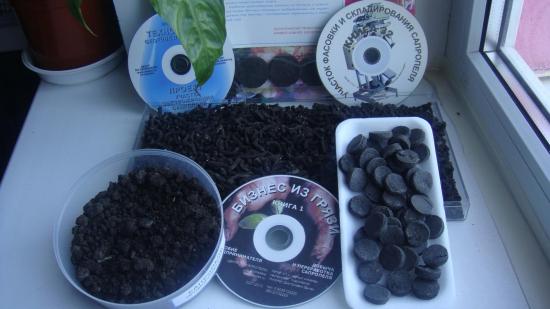
The main advantages of sapropel:
- Improves properties land
- Is a natural and ecological product
- Increases productivity
- Helps retain moisture in the soil
- Cleans the soil from bacteria and fungi
- Promotes the development of a strong and healthy root system
It should be noted that beneficial substances remain active in the soil for about 8 years. After extraction, the resulting material is dried, processed and packaged.
Features of application
Sapropel is applied as a fertilizer to vegetable and cereal crops. Can also be used to feed fruit trees. Sapropel can be used not only in its pure form, but also in combination with other fertilizers. This fertilizer is sold under several brands. Sapropel under brand A can be used for all soils, under brand B is intended for acidic soil, and under brand B can be used if the soils are neutral and slightly alkaline.
To improve the soil combination when growing seedlings, sapropel must be mixed with soil in a ratio of 1:10. When digging, fertilizer is added to the open ground.
You will need about 3 liters of substance per square meter, and you need to dig to a depth of no more than 10 cm. This rule should be observed when landing small seeds of carrots, parsley or beets, since they are not grown as seedlings. When planning fruit and berry crops, mix fertilizer with soil in a ratio of 1:4. This mixture is directly poured into the prepared pit.
Video about how fertilizer is extracted and packaged:
To feed fruit trees, it is enough to sprinkle sapropel around the trunk in a layer of no more than 7 cm. Next, loosen the soil and water it. Approximately 3 feedings should be done per season. Fertilizer is applied during autumn or spring digging. If sapropel is to be used for composting, it must be mixed with manure or other mineral and organic waste used.
Sapropel is suitable for clay, sandy and poor soils.Fertilizer improves its structure, physical and chemical properties of the soil, and increases humus.
How to use sapropel for plants
Sapropel can be used to combine soil mixtures. To grow zucchini, cucumbers and watermelons you will need sand, soil and sapropel in a ratio of 4:6:3. For feeding tomatoes, pepper and eggplant, you should take one part of sapropel, sand and earth in a ratio of 2:7.
A good soil mixture for cabbage and leafy crops: garden soil, sand and sapropel fertilizer in a ratio of 2:4:3, respectively. You can use universal soil mixtures that are suitable for any plants. To feed vegetable crops, you can use turf soil, sawdust, humus and sapropel in equal quantities, or use compost, humus with sapropel fertilizer in a 1:1:2 ratio.
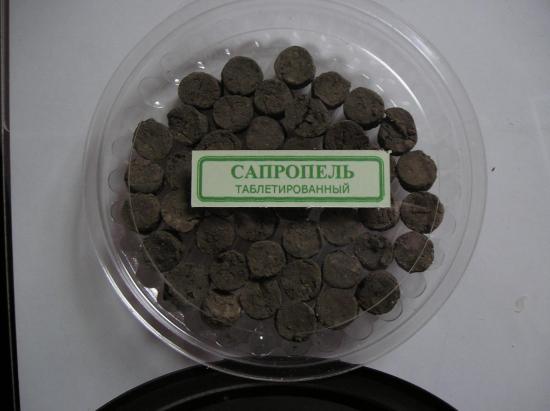
You can also use sapropel for indoor plants. It is mixed with soil during transplanting or planting. The beneficial properties of this unique natural fertilizer are much higher compared to mineral and organic fertilizers. Plants are supplied with all necessary microelements and vitamins, which increases not only the yield, but also the quality of garden crops.

